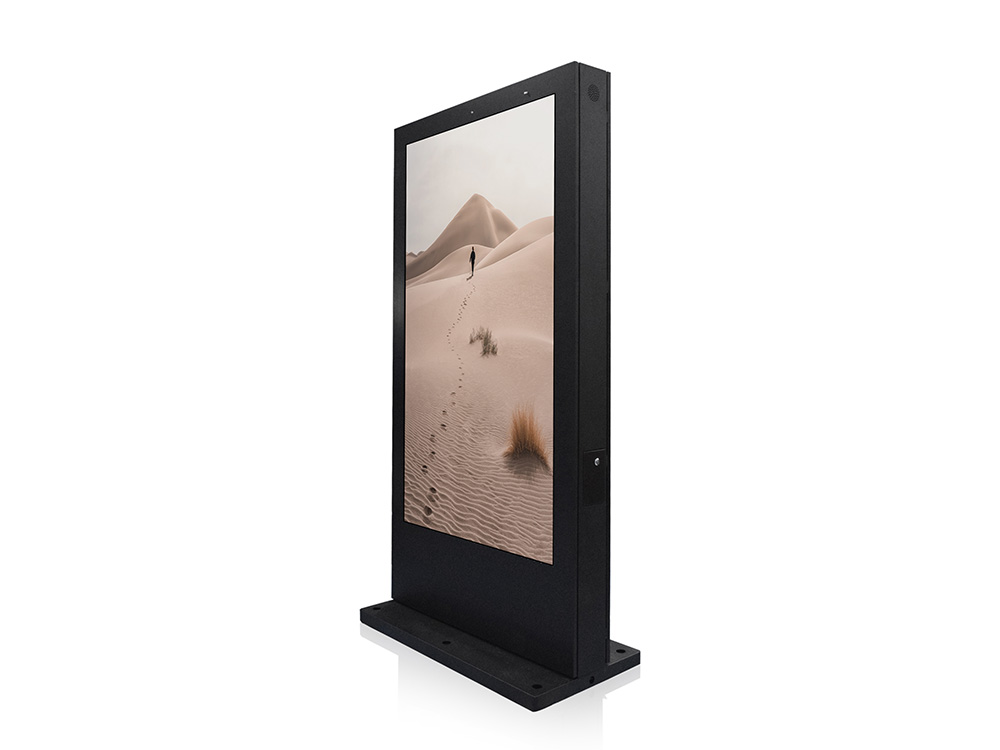Indoor Digital Signage Buyer's Guide
Indoor Digital Signage Buyer's Guide.In the modern era of digital transformation, indoor digital signage has become a pivotal component of visual communication within various settings, ranging from corporate offices to retail stores, hospitals, and educational institutions. This buyer's guide aims to provide a comprehensive overview of the key considerations and best practices for purchasing indoor digital signage, helping decision-makers navigate the market with confidence.

1. Understanding the Basics
Before embarking on the journey to acquire digital signage, it's essential to grasp the fundamentals. Indoor digital signage typically refers to electronic displays used within enclosed spaces to convey information, advertise, or enhance the ambient experience. These systems can be standalone or networked, allowing for remote content management and updates.
2. Defining Your Needs
The first step in the buying process is to clearly define your objectives. Consider the following questions:
What is the primary purpose of the signage? (e.g., wayfinding, product promotion, brand messaging)
Where will the signage be placed? (e.g., lobby, hallway, point-of-purchase)
Who is the target audience?
What type of content will be displayed? (e.g., static images, videos, live feeds)
How often will the content need to be updated?
Answers to these questions will help narrow down the specific features and capabilities required in a digital signage system.
3. Selecting the Right Display Technology
Indoor digital signage offers a range of display technologies, each with its own advantages and use cases. Common options include:
LCD (Liquid Crystal Display): Widely used, cost-effective, and suitable for most indoor applications. LCDs offer good visibility in well-lit environments and are energy-efficient.
LED (Light Emitting Diode): Ideal for large-scale displays or areas with high ambient light. LEDs provide bright, vibrant colors and can be configured for various sizes and shapes.
OLED (Organic Light Emitting Diode): Known for their exceptional color reproduction, wide viewing angles, and thin profiles. OLEDs are often chosen for high-end, visually impactful installations.
When choosing a display technology, consider factors like viewing distance, ambient lighting conditions, and budget.
4. Sizing and Resolution
The size and resolution of the display are crucial factors. A larger display may be more visible and impactful but also more expensive. Resolution determines the clarity of the content. For indoor signage, Full HD or higher resolutions are typically recommended to ensure crisp, detailed visuals.
5. Software and Content Management
The software behind digital signage is what brings the hardware to life. Look for a content management system (CMS) that offers user-friendly interfaces, allows for easy content uploads and scheduling, and integrates well with your existing IT infrastructure. Cloud-based solutions provide added flexibility and remote access capabilities.
6. Durability and Maintenance
Indoor digital signage, though sheltered from the elements, still needs to withstand the rigors of continuous operation. Look for displays with robust build quality, long lifespans, and minimal maintenance requirements. Ensure that the signage you choose has a reliable support network and replacement parts are easily accessible.
7. Budgeting
Create a budget that accounts for not just the initial purchase price but also the ongoing costs of operation, maintenance, software updates, and content creation. Remember, while cost is important, investing in quality signage that meets your needs can provide significant long-term value.
8. Future-Proofing Your Investment
Technology evolves rapidly, and it's essential to consider how your digital signage can adapt. Look for systems that offer scalability, are compatible with emerging technologies (like interactive touchscreens or augmented reality), and have a clear upgrade path.
9. Installation and Integration
Plan for the installation process, including any necessary mounting hardware, cabling, and power requirements. If your signage will be integrated with other systems (like point-of-sale terminals or building management systems), ensure compatibility and无缝integration.
10. Choosing a Reliable Supplier
Finally, select a supplier with a track record of providing high-quality products, responsive customer service, and comprehensive warranties. Read reviews, ask for case studies, and consider taking advantage of any demo or trial periods to evaluate the signage in your specific environment.
In conclusion, purchasing indoor digital signage is a multi-faceted decision that requires careful consideration of various factors. By following this buyer's guide and staying mindful of your unique needs and goals, you can make an informed choice that will enhance your organization's communication efforts and provide a positive return on investment.
Application scenarios of digital signage








